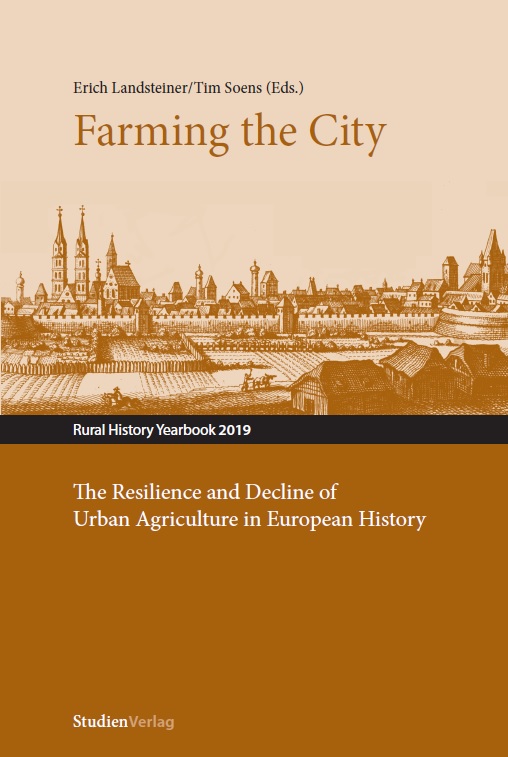Agriculture on Both Sides of the City Walls
The Vegetable Supply of Constantinople According to the Geoponika
DOI:
https://doi.org/10.25365/rhy-2019-10Keywords:
vegetables, food supply, Geoponika, Constantinople, urban/peri-urban agricultureAbstract
The supply of everyday food for the great mass of the population of the Byzantine Empire changed over the period of more than a millennium, though slowly. It depended on the geological and climatic conditions of agriculture, which – within a territory extending over up to roughly 1.5 million km2 in the Middle Byzantine period – differed from region to region. Constantinople, from the fourth to the fifteenth century the capital of the Byzantine Empire, and subsequently until the early twentieth century that of the Ottoman Empire, was a special case: it was a megalopolis. Constantinople could not rely on its hinterland alone and therefore had to develop a system of logistics, in which transportation depended among other factors on the durability of the foodstuffs. Fresh or preserved (salted) vegetables, pulses, olives, and fruits constituted an important proportion of everyday food not only during Lent, but throughout the year (though many fresh vegetables and fruits were only available seasonally). Chapter 12.1 of the Geoponika, a tenth-century collection of agricultural lore, provides “Information about what is sown and what is planted out (or replanted) month by month in the latitude of Constantinople” (title). The contents of this source and its significance for our knowledge of farming in and near Constantinople are discussed in this paper.


